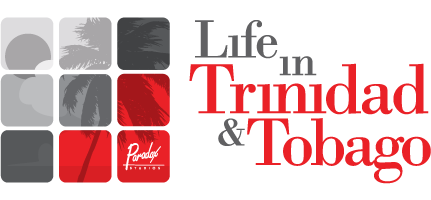As a result, our cuisine has been greatly influenced by the Amerindians, Africans, Indians, Europeans and the Chinese. In recent years, there has been a surge in foods originated in the Syrian and Lebanese community. Cuisine in Trinidad and Tobago is therefore ethnically marked.
Here is a little background behind a few of our major cuisines:
Creole Food
African slave owners on the island sought to feed the slaves as inexpensively as possible. Thus, their diets consisted mainly of beans, starches and the cheapest cuts of meats. Africans also brought with them the technique of ‘one-pot’ cooking, of vegetables, meats, beans and starches. This influence can be clearly seen in signature Creole dishes like pelau, callaloo, chicken and stew peas and of course, our many soups.

East Indian Food
Indians arrived on the island with their traditional spices and foods, which, once incorporated, altered the local cuisine even further. The most significant spice was curry. Like stews, any type of meat can be curried and is eaten mostly with roti in their many variations (paratha, dhalphourie, dosti). Some signature East Indian dishes include roti, doubles, aloo pies, chokas and pholourie.

Chinese Food
A Chinese meal typically consists of a carbohydrate or a starch, and meat or fish and vegetables. The predominate cooking style is Cantonese, and spices such as ginger, garlic and spring onions are used in food preparation, as well as to preserve foods, and give the food a distinct flavour. The Chinese, because of losses experienced by farmers in China, developed food preservation to extend the shelf life of many foods. This is done by smoking, salting, pickling and drying.

Undeniably, Trini food is a direct reflection of the diversity of our people.








